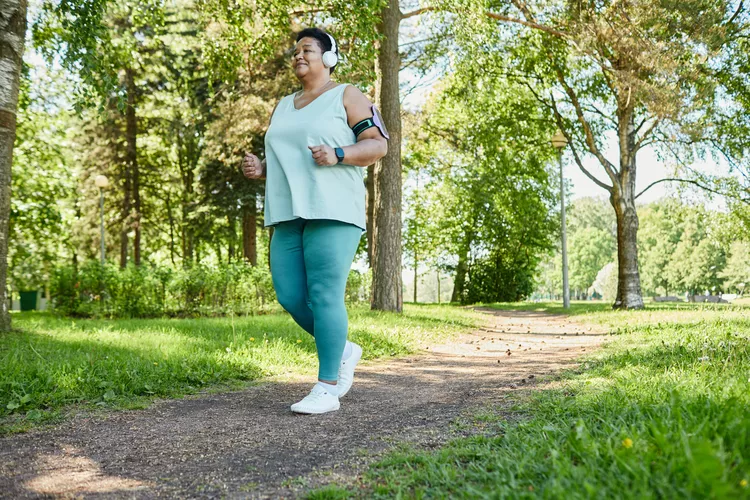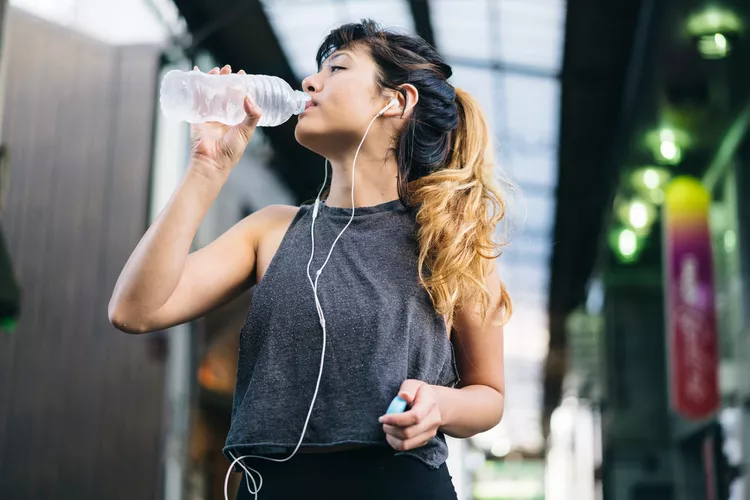TikTokers Are Trying ‘Cozy Cardio’—But Do Experts Think It’s a Good Workout?
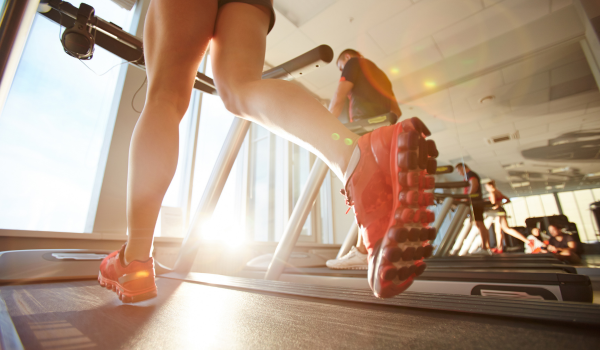
- "Cozy cardio" is a new at-home fitness trend where people engage in low-impact exercise while staying relatively comfortable.
- The trend was started by TikToker Hope Zuckerbrow, who said that the relaxed workout experience makes physical activity more enjoyable and less intimidating.
- Cozy cardio may benefit the mind and body, experts said, but it's important that people also take time to challenge themselves to improve fitness and health.
Cozy Cardio: A New Way to Make Exercise More Enjoyable
Many gym-goers embrace the "no pain, no gain" mindset, but a new TikTok trend is challenging that idea. "Cozy cardio" encourages a more comforting approach to daily exercise, promoting self-care over discomfort.
Cozy cardio typically involves low-impact exercises done at home, paired with relaxing elements like comfortable clothing, dim lighting, favorite movies or TV shows, and even aromatherapy. Although low-impact workouts like walking and stationary biking aren't new, cozy cardio’s appeal lies in making exercise feel enjoyable rather than a chore.
Experts agree that while comfort is important, effective cozy cardio still needs a balance between relaxation and physical exertion to genuinely improve fitness levels.
Cozy Cardio: Supporting Mind and Body
The concept of cozy cardio was introduced by TikToker Hope Zuckerbrow in late 2022. She created videos showing her morning routine, which includes lighting candles, making her favorite protein coffee, watching a movie, and walking at a relaxed pace on a walking pad—sometimes wearing a robe, fuzzy socks, and slippers.
For Zuckerbrow, cozy cardio was a way to heal her relationship with exercise. She explained that societal pressure made exercise feel like a punishment, but by turning her workout into a relaxing ritual, she rediscovered enjoyment in being active. Cozy cardio became a form of "meditational self-love" for her.
Additionally, cozy cardio can help people ease back into regular exercise, especially those who feel anxious about working out in public. Zuckerbrow herself experienced "gymxiety," a fear of working out at gyms, which is common among many people. Cozy cardio offers a less intimidating, home-based solution to staying active.
Experts view cozy cardio positively for its ability to make exercise less overwhelming. By integrating comfort and entertainment, cozy cardio can help individuals create positive associations with physical activity, potentially leading to greater consistency and better long-term health habits.
Is Cozy Cardio Enough of a Workout?
While cozy cardio can be a great start, it's important to evaluate its effectiveness in promoting real fitness gains. For beginners, cozy cardio may be sufficient, but as fitness improves, the intensity of workouts needs to increase to continue seeing progress.
The Centers for Disease Control and Prevention (CDC) recommends at least 150 minutes of moderate-intensity cardio per week. For an activity to qualify as moderate intensity, it should raise the heart rate enough that you can talk but not sing comfortably.
Meeting the 150-minute goal with moderate-intensity cozy cardio can certainly support a healthy lifestyle. However, for greater health benefits and fitness improvements, individuals eventually need to challenge themselves beyond light activity. Strengthening muscles and increasing fitness levels often require a certain degree of discomfort.
A Healthy Compromise
Cozy cardio can be an excellent method to build a consistent exercise habit, manage stress, or overcome anxiety around working out. For greater fitness gains, however, adding a little more intensity is important.
Even Zuckerbrow understands the need for balance—she has shared videos of more intense gym sessions alongside her cozy cardio routines.
To gradually build a more balanced workout, small changes like increasing the incline on a treadmill can make a big difference. Walking outside on hilly terrain is another option. These subtle increases in effort can raise heart rate and improve overall fitness without losing the cozy, enjoyable vibe.
Trying new or slightly more intense activities doesn't have to feel unpleasant. Activities like dancing, hiking with a friend, or raking leaves can feel fun while still providing a good workout.
The key takeaway is that as long as someone challenges themselves, whether it's lifting weights at the gym or walking at home in slippers, they'll continue to make progress toward better health and fitness.



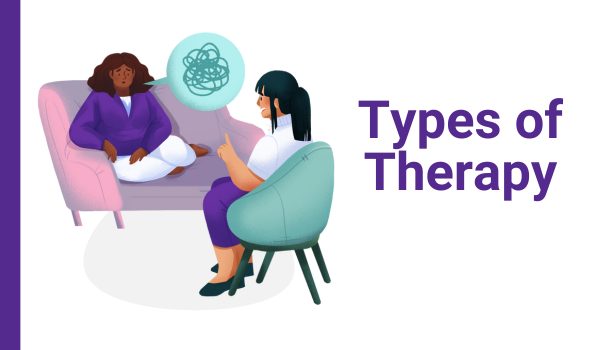





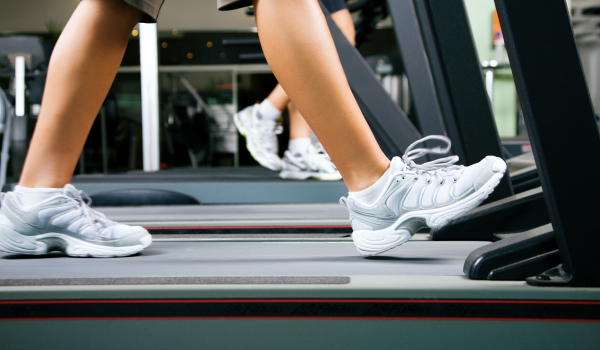

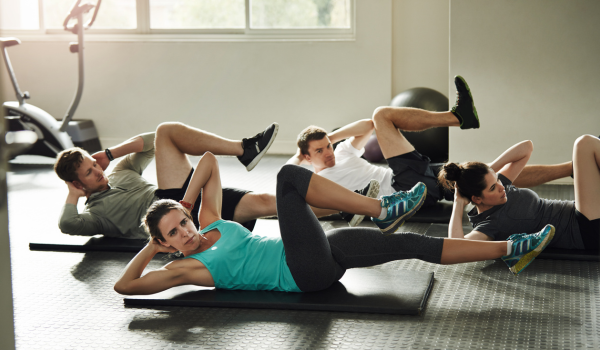
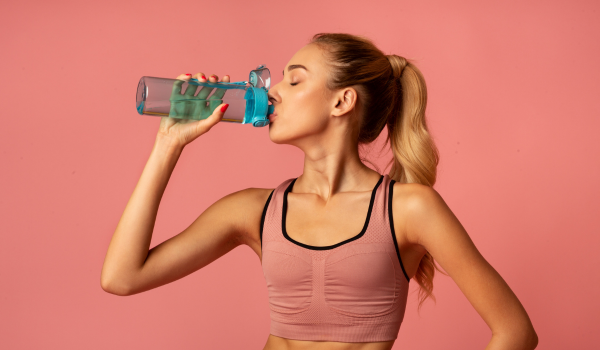
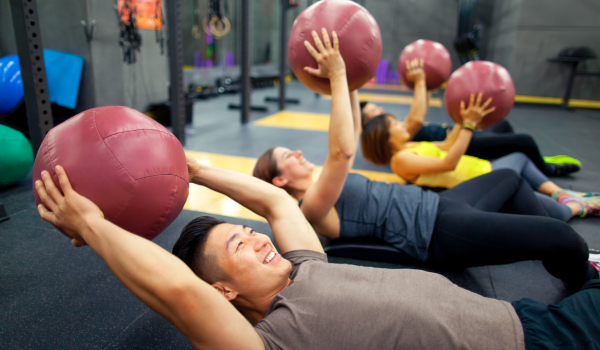
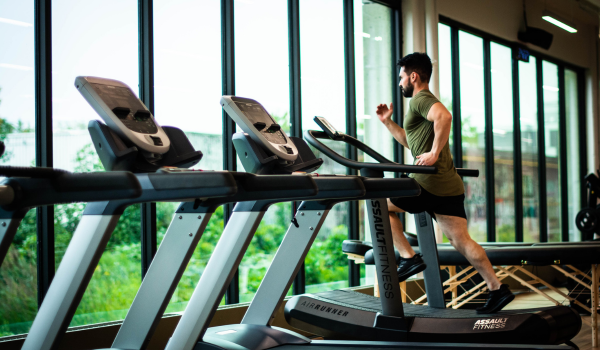



.webp)
.webp)
.webp)

